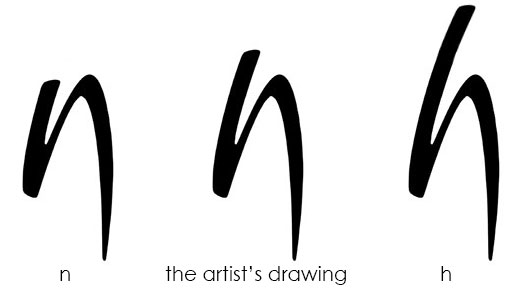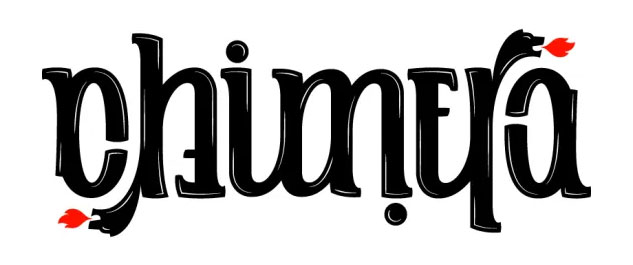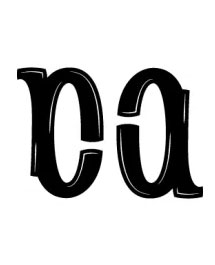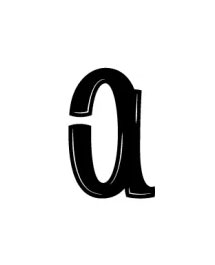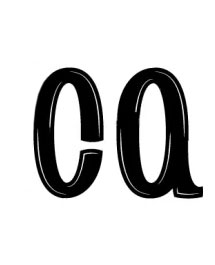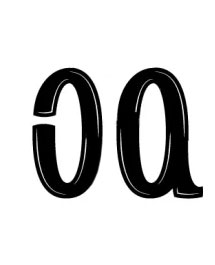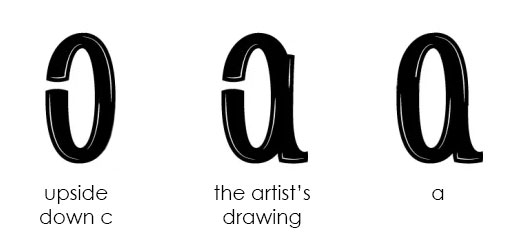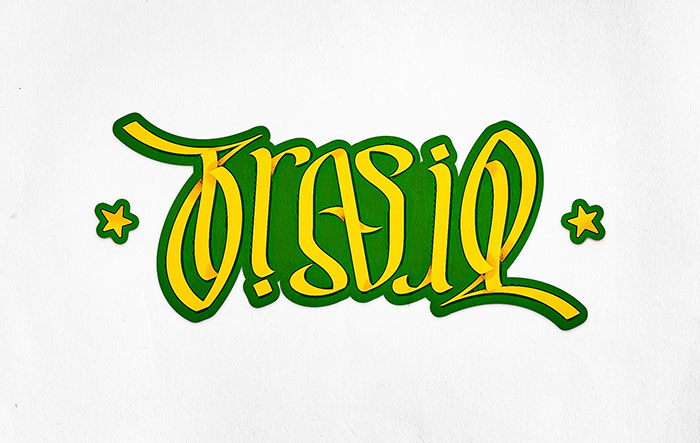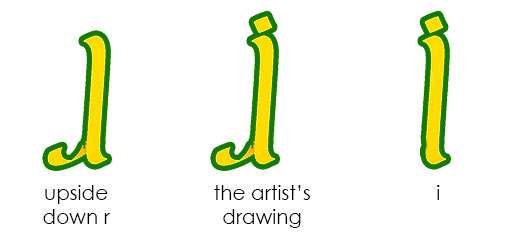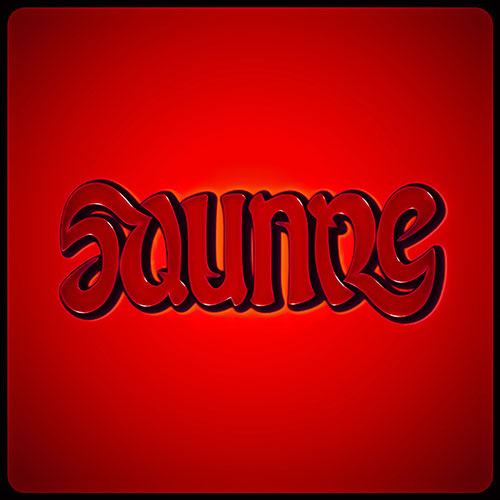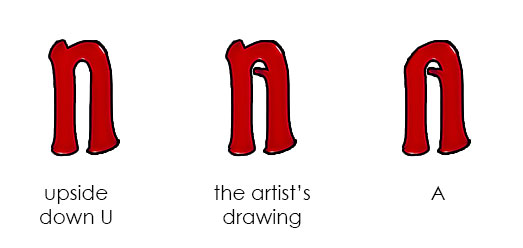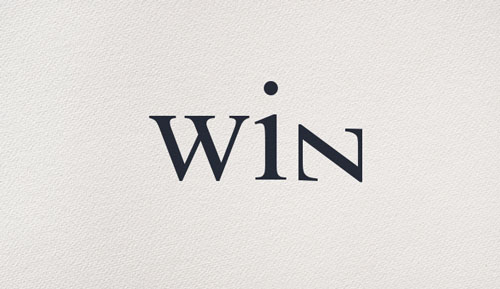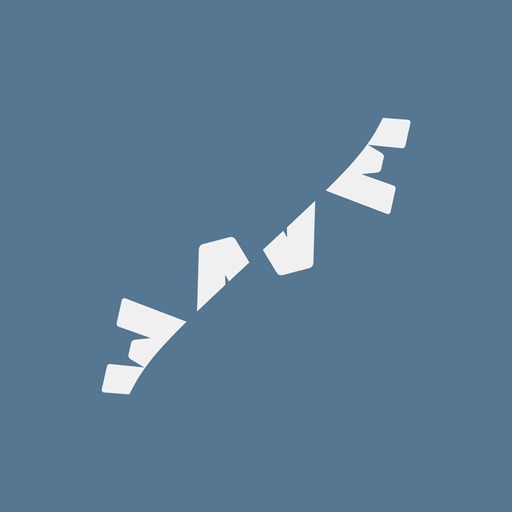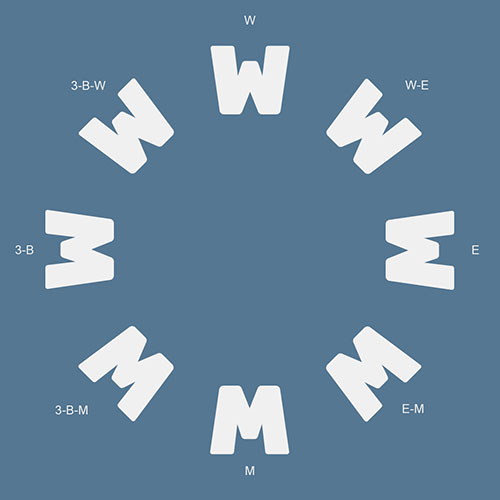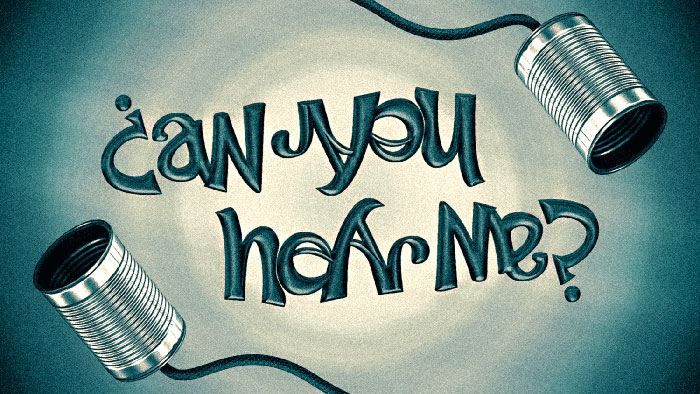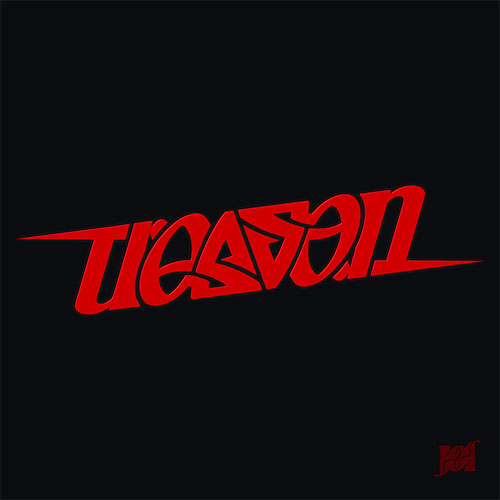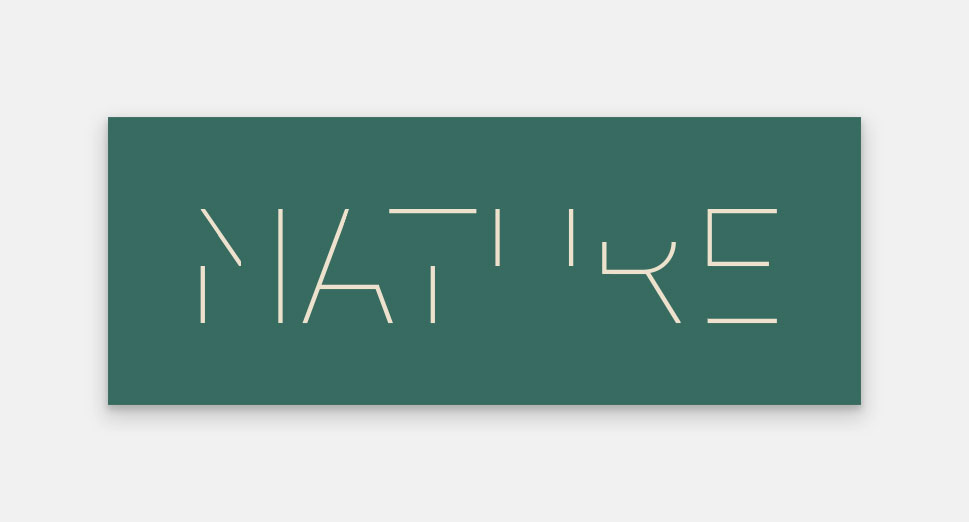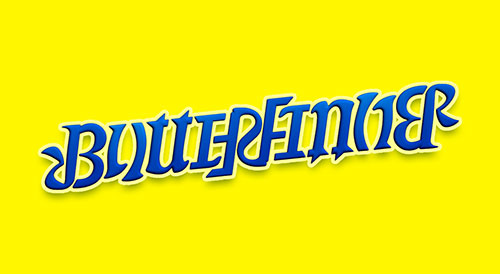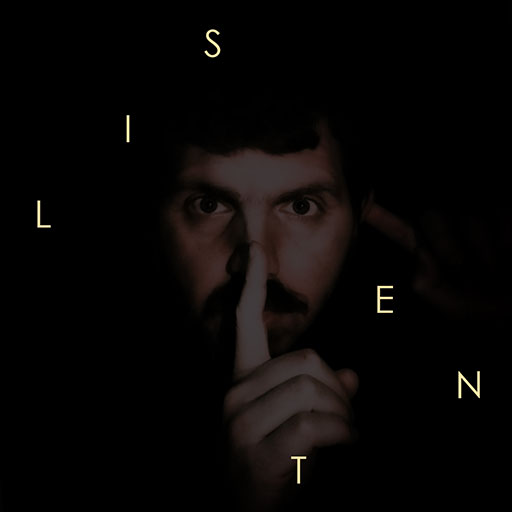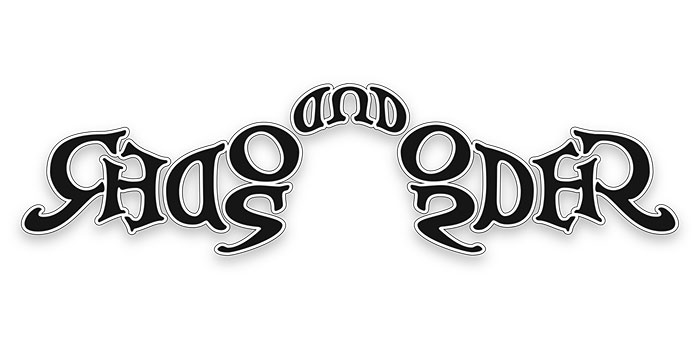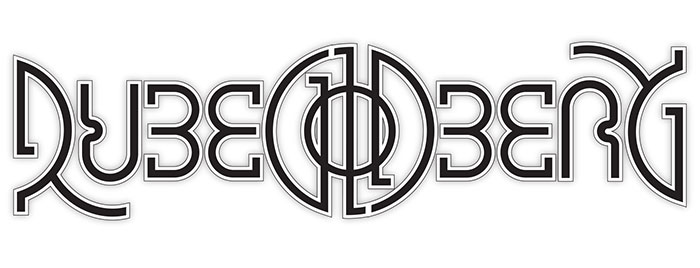Hello my friend, it’s nice to see you again.
Nice to see you V. What are we talking about today?
It’s time for another coffee break. I’ve had some ideas rolling around in my head for some time now, and I’d like to discuss them with you.
Wonderful. So, what’s the topic today?
I want to talk about the hierarchy of ambigrams.
What’s that?
Well, it’s better to start with an example we already know. And then you’ll see how the same principle applies to ambigrams as well. Shall we?
Of course!
Have you seen this diagram in mathematics? It’s the hierarchy of numbers.
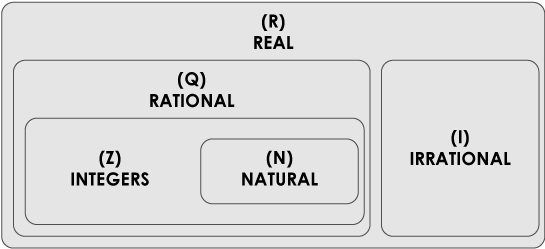
I remember this from my school days, but that was quite a while ago…
Don’t worry. We won’t do math here. But mathematicians did a very good job structuring the hierarchy of numbers.
Side note: And a pretty bad job naming them, but that’s another story.
So, the important thing in this diagram is this: First, the most basic numbers are what we call natural numbers. These are 1, 2, 3, 4, 5 and so on. It makes perfect sense that we call them natural. These are the numbers we use in everyday life when we count apples in our bag. These are the fundamental numbers. And understanding those, we can explore other types of numbers.
Then there is zero (0) and negative numbers, such as -1, -2, -3 etc. All of these numbers together are called integers. Integers is a bigger group of numbers that include natural numbers. In a way, integers are based on natural numbers, since the discovery of natural numbers had to occur before the idea of integers could even exist.
The process of discovery goes on and on. Something new is invented based on the more fundamental categories before it. When you put fractions into play, you get a/b, which is a rational number. Then we have irrational, then real and so on.
If that was clear, my fellow reader, then my idea will be easy to grasp. Was it clear?
I believe so.
Wonderful. What would you say if I told you that a similar hierarchy exists in the world of ambigrams?
Do you mean that some ambigram categories are more fundamental than others?
Exactly! And we currently have two of them, geometric and mind. One for those two is the foundation of all ambigrams. Which one do you think it is?
Hm… I would probably say… geometric? Since the first ambigrams were rotational ones?
You’re right that artists first tackled rotational ambigrams. But, I will rephrase the question, because I want you to understand it more clearly. In ancient times, do you know what people believed the classical elements were?
Earth, water, fire and air?
Correct! It was centuries later on that people discovered that matter consists of molecules. And then, they found out that a water molecule consists of two hydrogen atoms and one oxygen atom (H₂O). Those atoms were, and still are, the fundamental building blocks of matter, the chemical elements.
So, what’s more fundamental? An atom or a molecule? Hydrogen or water?
Hydrogen.
That’s right. In a similar way, artists first tackled geometric ambigrams (molecules) and then discovered the fundamental ones, mind ambigrams (atoms).
So, you’re saying that mind ambigrams is the fundamental category of ambigrams?
Yes.
Why?
I’ll tell you. But first, here’s the ambigram hierarchy diagram, in a similar way to the hierarchy of numbers.

The mind category is the fundamental category of ambigrams, since they contain the elements that make ambigrams work. That is, the most basic, primary and substantial tools of duality.
Geometric ambigrams build upon those tools, introducing something new. As negative numbers are based on the natural ones, resulting in -1, -2 and so on… in a similar way, geometric ambigrams are based on mind ambigrams, introducing geometric transformation, such as rotation and reflection, leading to every geometric ambigram that we know.
It’s better to explain with examples. Let’s revisit…


